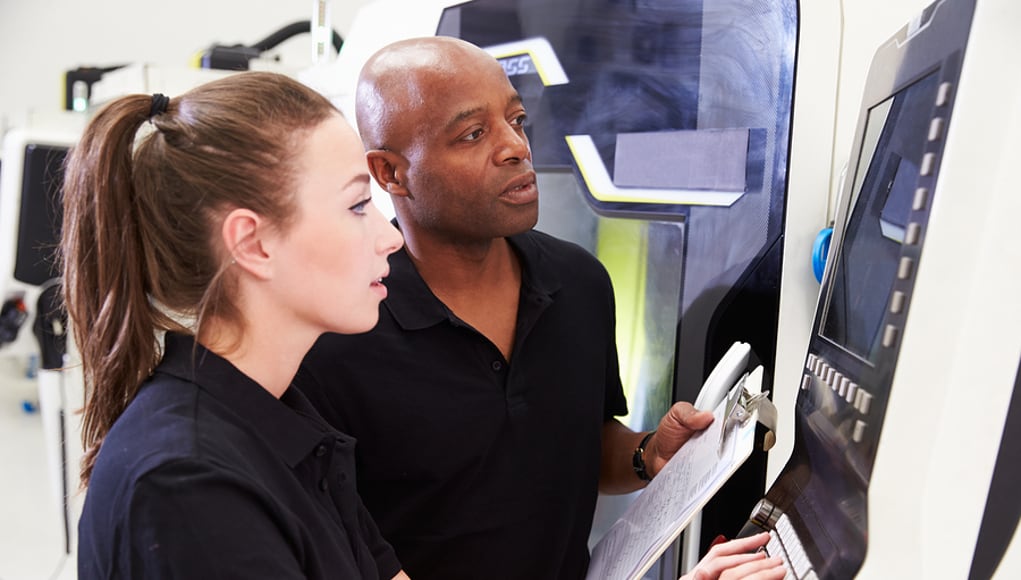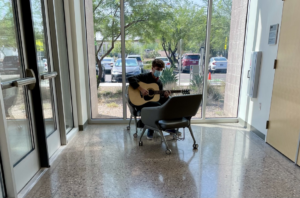The Future of Education Includes Learning Outside of the Classroom

By Shireen Jaffer
The 2014 Gallup Student Poll found that 33% of high school students said yes to having learned something interesting in the last seven days, and 20% said yes to having fun in school in the last seven days. These findings, along with research conducted on classroom performance, make it clear that students need interest-based learning.
Education as we know it includes classroom learning and test-taking. Years ago, field trips were introduced in an effort to take learning outside of the classroom. Now, with the demand of greater self-awareness and more specialized skills, it’s time to expand learning outside of the classroom and make it more engrained in the education process to help advance our students. Research shows that work-based programs are one of the most effective tools for learning when it comes to high school and college-age students.
As an educator, administrator, or parent, it’s easy to worry that students will get distracted by work and forget about their main priority: doing well in school. But I’d argue that work actually makes students focus more on the classroom experience. A study from the University of Iowa’s Center for Research on Undergraduate Education underscores this, finding that work experience improves classroom performance for students and helps them gain key skills like critical thinking, leadership, and reasoning. Work-based learning also correlates positively with student engagement.
Take a high school student who has always had excellent grades. They’ve been involved in clubs, sports, and organizations for years. This student divides their time between several of their interests and is still able to maintain top-tier grades. Work experience would enrich their educational experience by helping them prioritize the extracurriculars they are involved with. Instead of taking part in anything and everything, students can choose opportunities that relate to their interests. This way, they are maintaining the same amount of extracurriculars to allow the same focus on grades, and spending their time in a meaningful way. Furthermore, the Workforce Training and Education Coordinating Board found that early work experience for young adults sets them up for future success by allowing them to develop key skills needed to thrive academically and professionally.
Schools aim to produce well-rounded students, but a young person who excels at standardized tests isn’t necessarily ready for the working world. Most students will not spend their careers inside of a classroom. The skills they need to master, like communication, collaboration, and project management to meet deadlines, must be put to work outside of the classroom. A common question high school students ask is some version of “does what I’m learning in this class really matter in the outside world?” Work experience and other forms of learning outside of the classroom answer that question affirmatively. Most students don’t want to memorize facts for the sake of doing it. It is important to show students the real world applications of their knowledge–as a result, we will improve retention and overall engagement in the classroom.
An added bonus of making learning outside of the classroom a priority is that students get an early taste of what they enjoy doing. The earlier career exploration occurs, the sooner students are able to cross career paths off their lists. Both figuring out what they don’t like and getting on the path to learning what they do like are worthwhile endeavors. After all, educators don’t want students to excel in the classroom, but experience anxiety years later when they are expected to find a job that suits their skills and interests.
Work experience is a natural part of the future of education. Competition for college, internships, and beyond is fiercer than ever. Starting students off with early experience, professional connections, and the ability to discern what types of work they enjoy, will give them a leg-up.
This type of education can take many forms, including job shadowing and hourly work. The key is to encourage students to explore a career path they’re interested in when they have the time and flexibility to try it out. If students work tirelessly on academics in high school and college, they may experience shock when they try to find their way in the working world. We can make this transition easier by fostering these work skills outside of the classroom as early as possible.
For more, see:
- The Purposes of High-Quality PBL
- Want Authentic PBL? Take Students to the Farm.
- Ready and Working: Pathway Programs Are Changing What It Means to Be Career Ready
Shireen Jaffer is a Founder at Skillify.
Stay in-the-know with all things EdTech and innovations in learning by signing up to receive the weekly Smart Update.







0 Comments
Leave a Comment
Your email address will not be published. All fields are required.